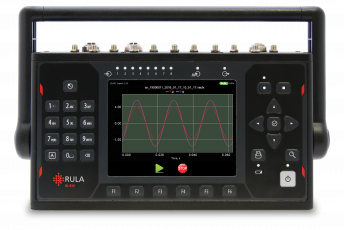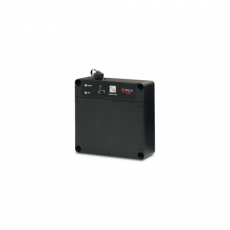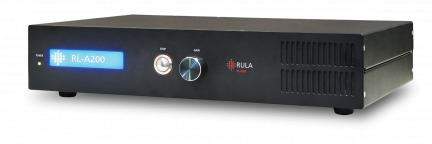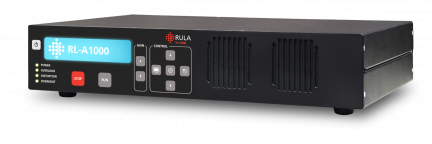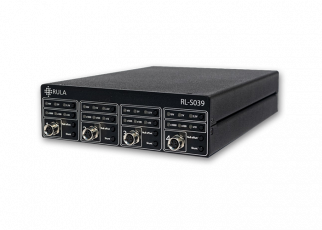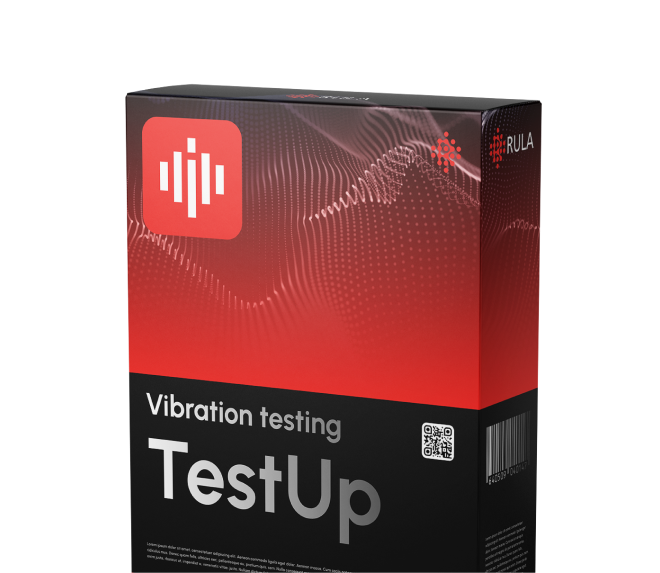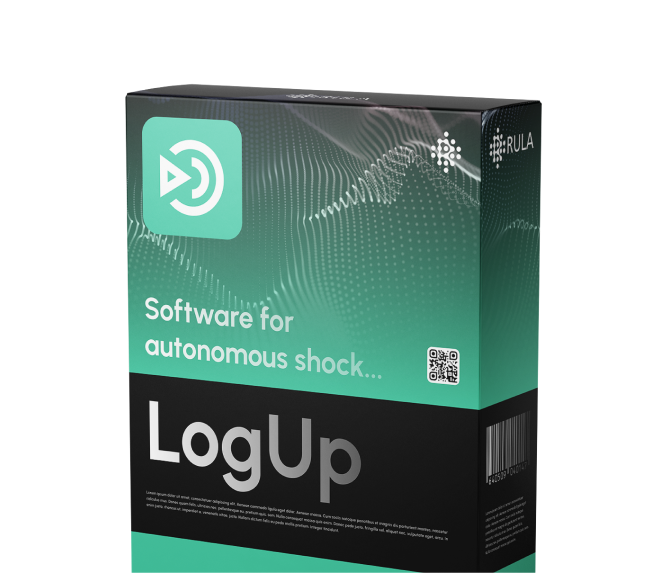Here is how it happens. Sometimes a team in charge of selecting an equipment set for test and validation focuses exclusively on the most expensive and largest parts of the set – usually the vibration shaker. Having spent time choosing the right shaker force, acceleration and payload, the people in charge leave the rest of it to fortune, often forgetting or ignoring the brain centre of the future vibration set – the controller. And at this point a lot of things can go wrong, because performance, effectiveness and longevity of your biggest investment 100% depends on how and by what it is operated.
Here are a few tips for controller selection to help you on the way:
1. Consider the safety checks provided in the controller software and hardware
Last thing you want is for your shaker to be damaged by over-displacement (never covered by warranty), or the product you have manufactured for months destroyed due to the wrong test profile. The more detailed and considerate the safety and security checks are, the better. Shakers do provide some protection, but the controller setup is still the key. Make sure you’ve run through the safety checks in demo mode before purchase;
2. Preview the controller interface
Your day-to-day operation will be closely tied to this controller’s software interface and it makes complete sense for the department in charge to take a few days to play with it. The interface should not seem confusing, all the instruction materials should be accessible in the language you speak. The navigation does not need to be too complex, too avoid unnecessary stumbles. At the same time, the interface has to be enough – make sure the crucial functions and controls are there.
Quality-of-life features are also important, for instance, the presence of shaker, sensor and test databases saves a lot of time for your daily testing routines;
3. Make sure the hardware is low-fault and robust; check the repair terms
Sometimes our vibration sets operate for a few days or a week non-stop. Such continuous operation for years on end is only possible with the devices assembled on high-quality components by reputable manufacturers. Yes, with hardware it is sometimes difficult to tell before the purchase, but do not take this point lightly. You may ask the manufacturer for a hardware demo, inquire about their warranty policy and their own production testing process. It also never hurts to look for some reviews from the existing users.
Even the most reliable controllers are not fault-free, so the controller manufacturer should also be able to provide repairs on adequate terms, and preferably, replacement devices for the repair period;
4. Consider support and education
Even if you are buying the testing equipment from your favourite supplier, make sure you have direct access to the controller manufacturer for technical and training questions. The controller is to operate your shaker for many years, and you may have very different issue to handle - you do not want to be left alone in a tricky situation. Ideally, the support of the brand should answer almost immediately and be accessible most of the time.The website and social media of the company should be functional, abundant in educational materials and interaction options. You should always feel that the manufacturer cares about your experience before and, especially, after sales.
5. Make sure the controller is extendable and the software packages are compatible
Sometimes you start with just basic Sine, Random and Shock, but as your production complicates, the testing methods also become more demanding and intricate. The controller should be easily upgradable both in terms of hardware and software. It is good if the manufacturer is able to offer the whole spectrum of the industry standard features, or better yet, some cutting-edge testing parameters. Even if you not need advanced technology right now, it is good to have an option.
Ideally, different controller hardware platforms should be compatible with each other, and the software used for testing and signal processing should be universal for all the brand devices. This will give you the necessary flexibility. If the brand provides an ecosystem of software, you will be sure the data transfers smoothly from different hardware units, to your PC or storage, etc.
Of course, the points listed above are very basic, but sometimes we tend to ignore even the obvious consideration.
There are actually many more details in choosing a controller or a full vibration set to take into account, and we will try to highlight them in our future articles.
If you liked our selection tips, see How to Choose a Shaker, How to Choose a Sensor.
Email contact@rula-tech.com now to choose a controller with our support.



